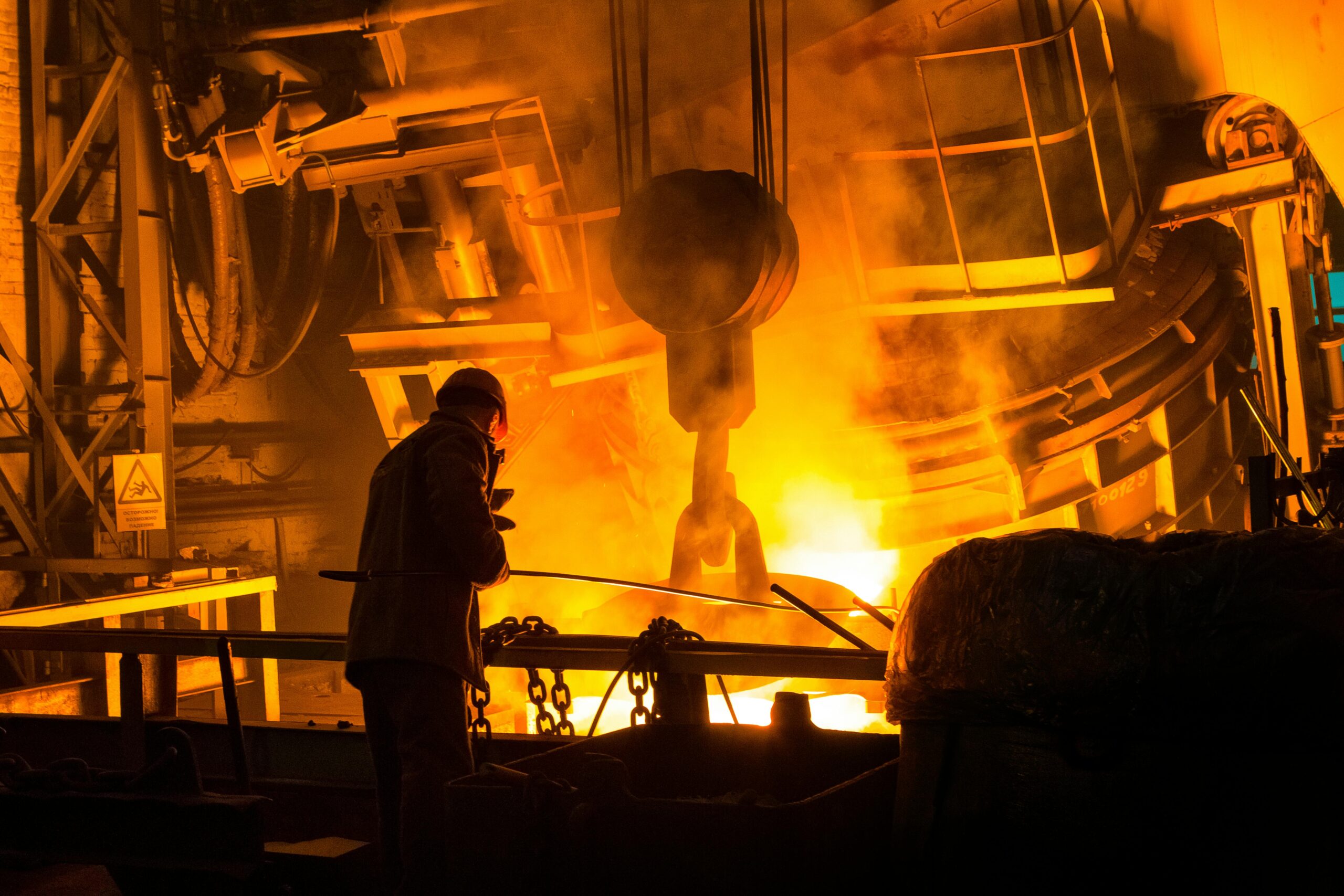Call or Text
801-438-4793
The Importance of Roof Ventilation
October 3, 2014
Roof ventilation is extremely important to regulate the temperature of your attic and preventing damage to the roof structure and the interior of your home. Making sure your roof is properly ventilated is an important part of maintaining a critical component of your home’s structure. Roofs withstand a lot of abuse from the elements and are subject to a lot of temperature variation throughout the year. Proper ventilation helps regulate temperature to preserve the roof structure by keeping air circulating through the attic space. Here is a look at a few types of roof ventilation and the overall importance of good ventilation and insulation.
Roof Ventilation Types
Ventilation simply provides an entry and exit point for airflow. There are a few different varieties of roof ventilation that function to keep air circulating through the attic to prevent the buildup of excessive heat and moisture. You should know how much ventilation is needed and the amount of space required for the vents when assessing roof ventilation setups or inspecting the efficiency of yours. Once the vents are installed, the final step is to make sure that the attic is properly insulation for temperature control.
- Ridge Vents – These vents are ventilation strips installed along the ridge line of your home. Installation involves removing a piece of roof decking to keep air flowing through the vent. Improper installation can mean that framing impedes the airflow.
- Soffit Vents – The soffit area, in architecture, is the underside of a part of the construction where venting can occur. Every home has this area where the convective air can circulate from the soffits to the ridge vents.
- Gable Vents – Located on the portion of the wall between the edges of the roof as it slopes, these vents can draw air into the attic space while preventing moisture from blowing into your home.
- Attic Fans – Fans in conjunction with vents can help pull air out of the attic and release it outside. These fans function like a thermostat–switching on when heat accumulation reaches a certain level to ventilate the attic.
Benefits of Good Ventilation
Temperature control inside your home throughout the year and preservation of your roof are the two most tangible benefits of ensuring proper ventilation in the roof. Good attic ventilation is a balance of air circulation from outside and good insulation inside. During the hot months, this will expel hot air outside, remove moisture buildup, and protect shingles from overheating. During colder months, this combination of good ventilation and insulation will keep the attic cold enough to keep excessive heat from rising to the roof and melting ice and snow. When this occurs, runoff refreezes as ice along the gutters and can lead to water damage along the roof. Proper ventilation in the attic will help reduce the likelihood of the formation of ice dams. With the arrival of the fall season, it is a good idea to inspect the insulation and ventilation in the attic in preparation for winter weather and make any upgrades before the temperatures plummet.
Recent News
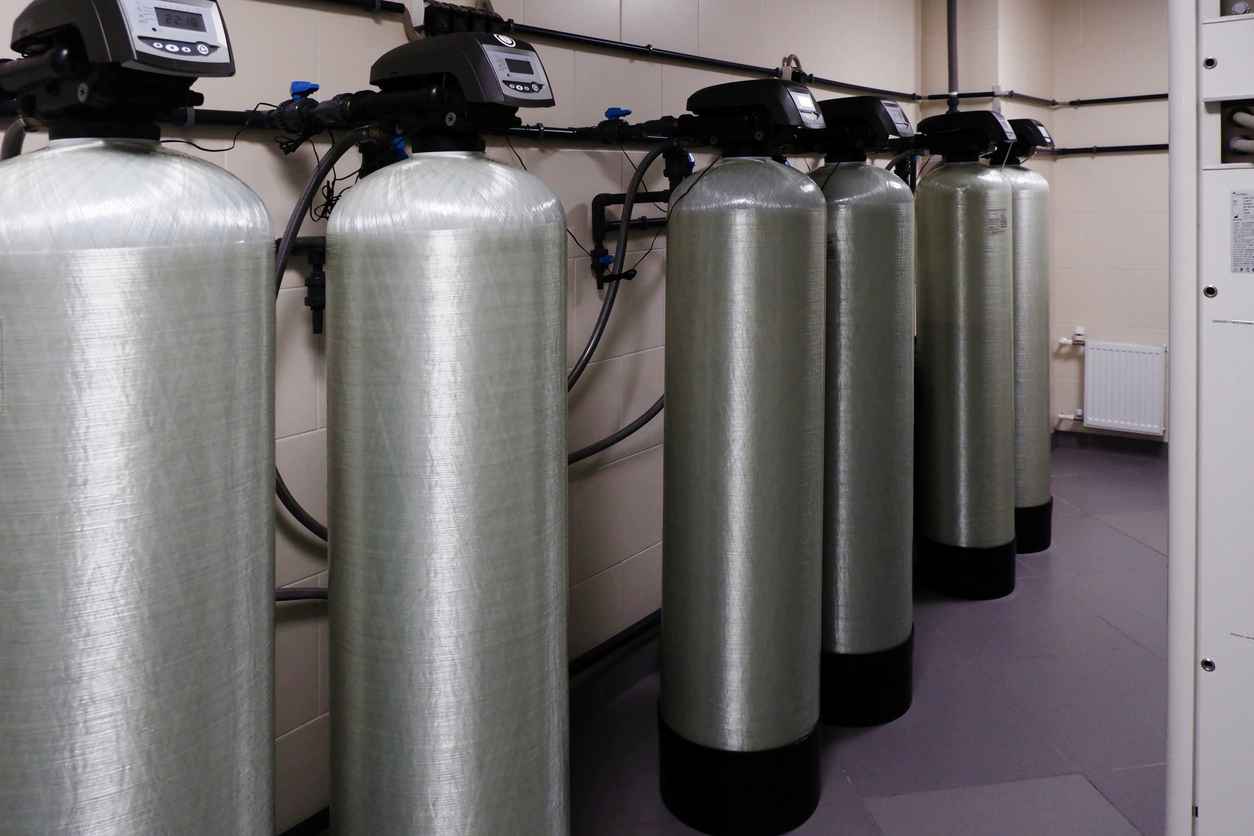
Do You Need a Water Softener? How to Tell & How You Benefit
May 29, 2025
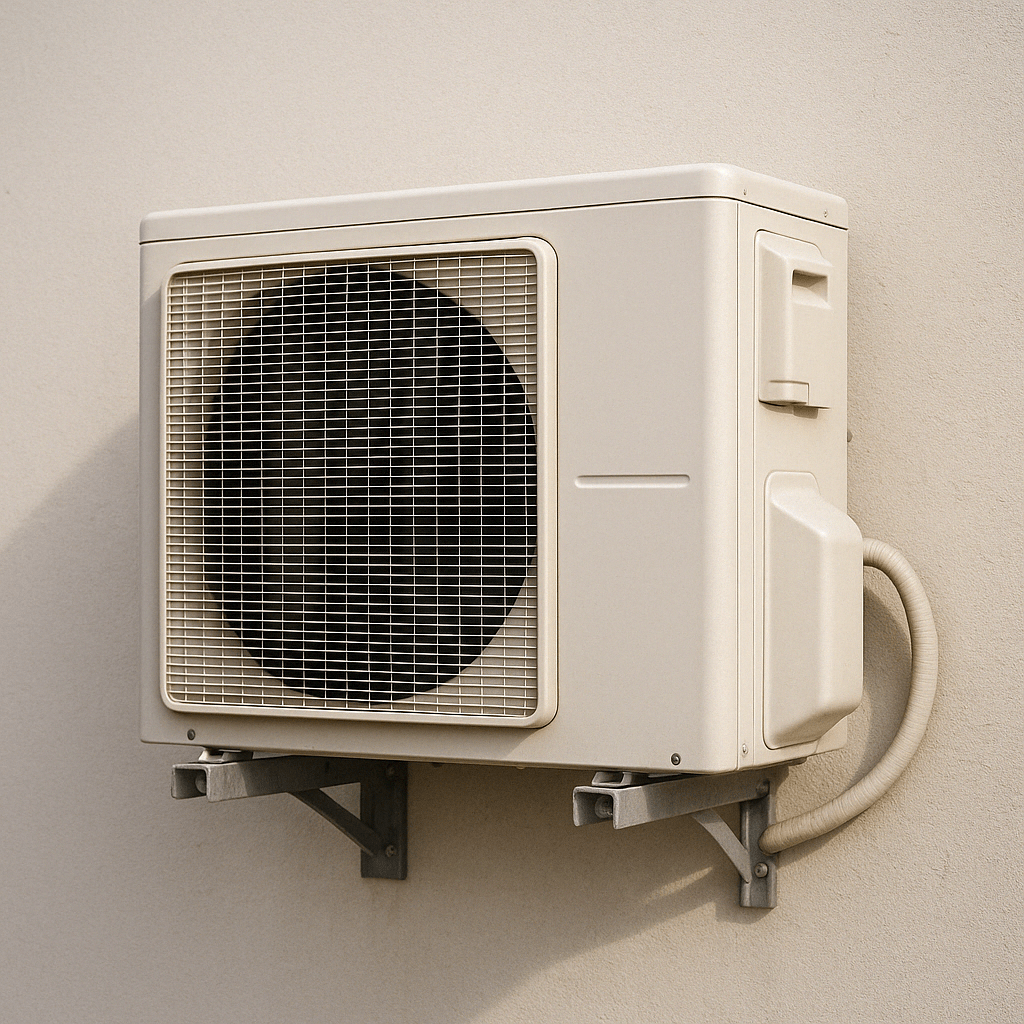
Get Your Air Conditioner Ready for the Summer with Superior Water & Air
April 21, 2025
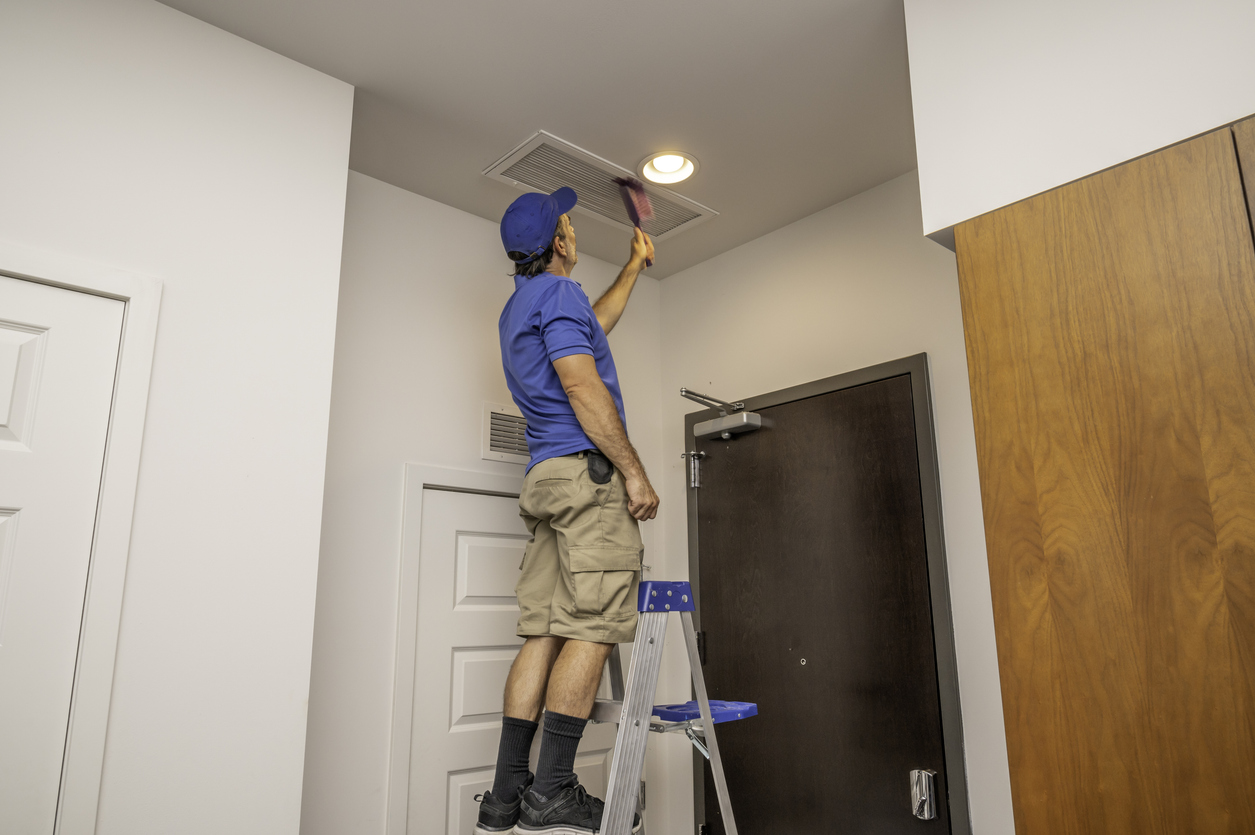
Why You Need the Air Ducts Cleaned in Your Home: Benefits & More
April 3, 2025
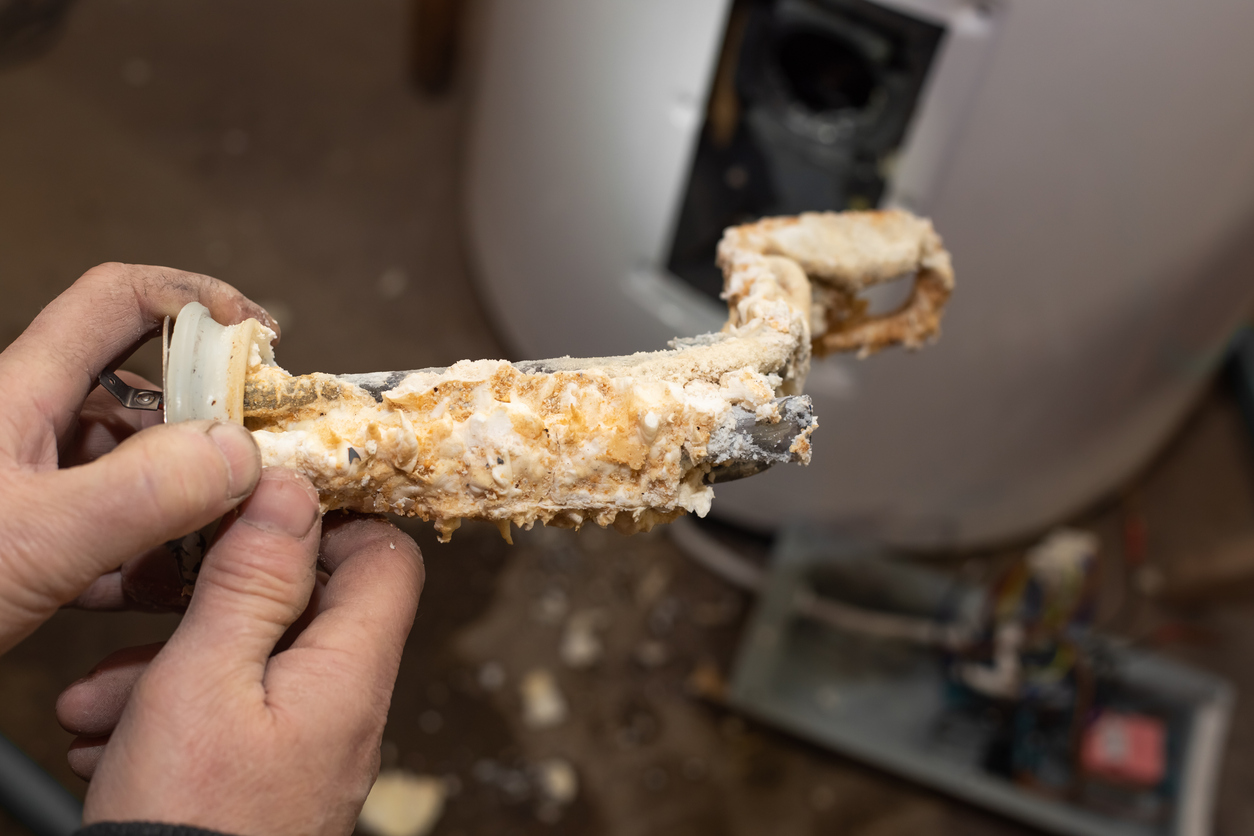
How to Determine Water Hardness & Treat Effectively
February 25, 2025

How to Save On Your Heating Bill During Winter
February 10, 2025

Cost Savings with Proper HVAC and Plumbing Systems in Winter
December 9, 2024
